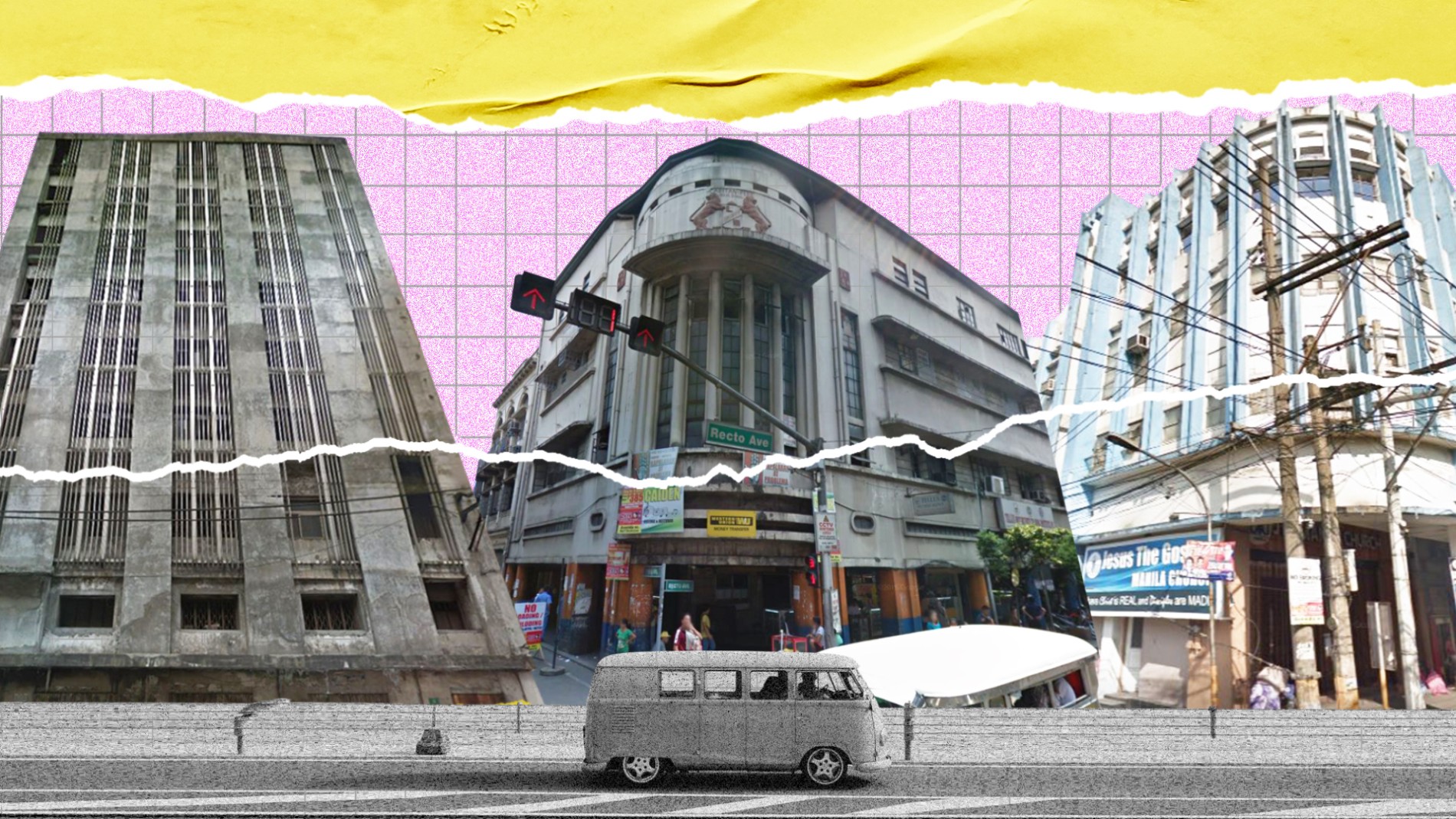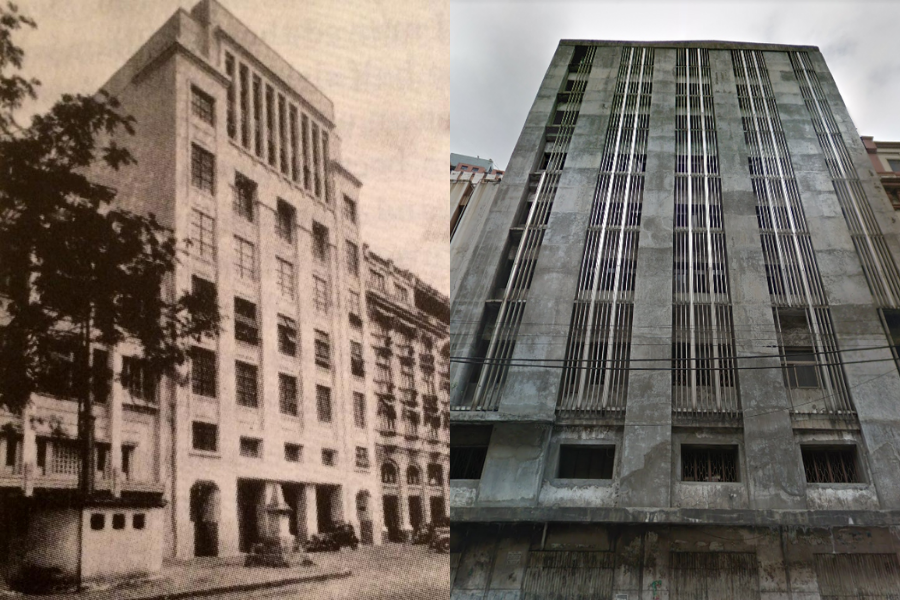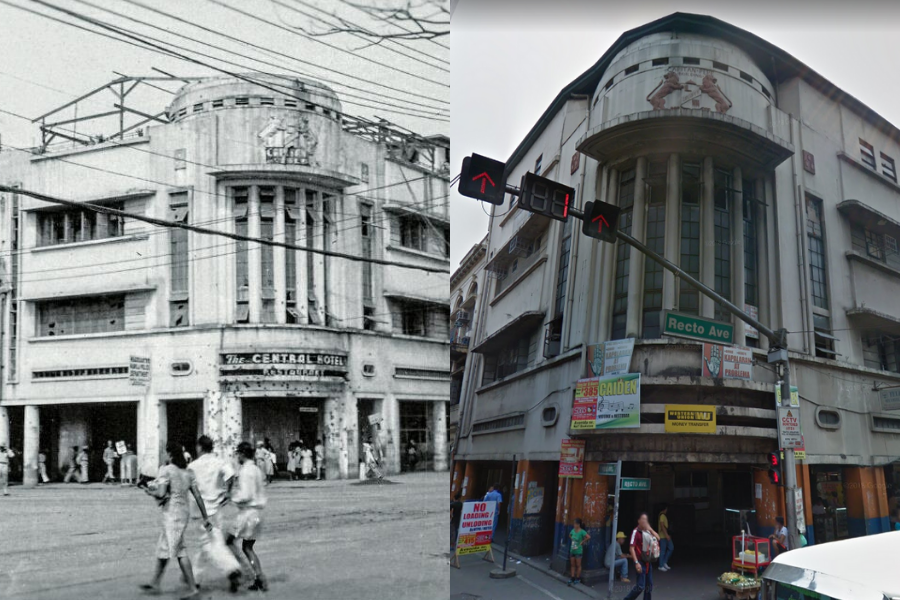
These Once Glorious Manila Structures Were Designed by National Artists
By Arry Asiddao
May 26, 2022
Great architecture goes beyond form and function. It also reflects its history and cultural heritage. It immortalizes not only the artist behind it but also the stories of people who had once dined in its halls, walked through its hallways, or lived in its quarters.
Old structures, particularly ones designed by our National Artists, are considered important cultural properties. When properly maintained, these structures continue to assert their presence in the city, like our many colonial structures like the Manila Central Post Office or the National Museum of Fine Arts. However, there are also buildings that had just blended into the urban chaos with their torn down pillars, broken glass windows, and graffitied walls.
Many historic buildings have been demolished despite strong public opposition, including the Art Deco masterwork Jai Alai building along Taft Avenue and Old Manila’s movie theaters. Both public and private sectors have been campaigning to preserve historic structures, but lack of awareness and gaps in the implementation of the Republic Act 1066 or the National Cultural Heritage Act of 2009 continue to impede their efforts. One of the recent wins for heritage advocates is the reopening of the Manila Metropolitan Theater last year after being acquired and renovated by the National Commission for Culture and the Arts.
Here are four buildings designed by National Artists Juan F. Nakpil and Pablo S. Antonio– glorious city structures, now remain withered and almost forgotten.
1. Geronimo de los Reyes Building, Juan F. Nakpil

Designed by National Artist for Architecture Juan F. Nakpil in 1932, the Geronimo De los Reyes Building now stands empty and dilapidated in Plaza Cervantes in Binondo, Manila. With its rundown concrete exterior and entrance boarded off, it’s hard to believe it once boasted a striking and elegant facade.
The eight-story office building is said to have been Nakpil’s first building, built in Art Deco style after he visited the Exposition Internationale des Arts Decoratifs in Paris in 1925. The building was later acquired by industrialist Andres Soriano and renamed Edificio Soriano. Damaged after the war, the building was renovated and the Art Deco facade was replaced by a post-war modernist style.
2. Capitan Pepe Building, Juan F. Nakpil

Located at the corner of Avenida Rizal Avenue and C.M. Recto Avenue, the Capitan Pepe Building is another masterpiece by Juan F. Nakpil and an example of a streamlined moderne Art Deco style architecture. The building now houses budget hotels and a well-known fast food restaurant, among other establishments. While still functional, the drab and timeworn exterior of the building gives away its age and level of maintenance.
Completed in 1938, the Capitan Pepe building was named after Don Jose de Leon, or 'Capitan Pepe', husband of Doña Narcisa Buencamino also known as ‘Doña Sisang’ of historic film studio LVN Pictures. The high-class Central Hotel and Moonlit Terrace nightclub were among its tenants during its heyday. It is also said to have hosted parties for socialites and played a central role in the rise of movie theatres in Manila.
3. The Forum Theater, Pablo S. Antonio

The Forum Theater, designed by National Artist for Architecture Pablo S. Antonio, is located at the corner of Lope De Vega Street and Avenida Rizal Avenue, Manila. While recently painted light blue and white, the building remains roofless and gutted.
Built in the 1960s, the movie theater also served as a shopping complex and office building. Apart from the Forum Theater, Antonio also designed several other theaters in Manila, including the Ideal, Dalisay, Galaxy, Life, Lyric, and Scala Theaters. Only the Forum and Scala Theaters remain standing.
4. Scala Theater, Pablo S. Antonio

The Scala Theater, also designed by Pablo S. Antonio, can be found just a further down Avenida. Considered to be a deviation from Antonio’s cleaner and simpler designs, the building exhibits tea rose marble floors and a curved wall lined with glass blocks. The theater used to host up to 600 people during its screenings.

Closed and abandoned in the 90s, the building is now riddled with graffiti and slowly deteriorating. Parts of its walls had been replaced with hollow blocks and corrugated iron, and its once striking facade is now literally overshadowed by the LRT.



